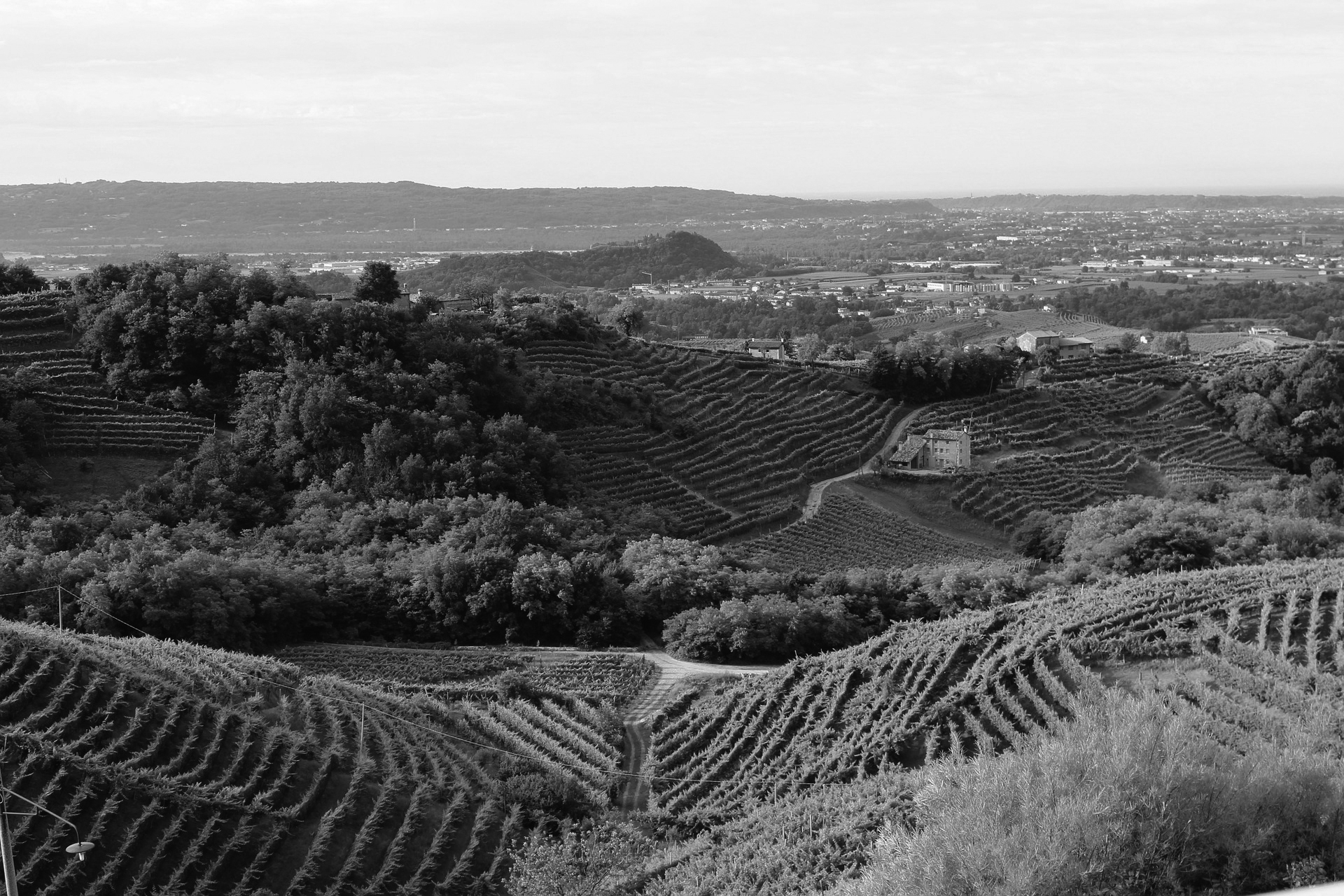Originally published October 2021.
There are no two ways about it: the French are mad. As a Francophile I feel comfortable in asserting this. Their country is beautiful, they’re deliciously un-PC and their food and drink is the best in world. No debate. It just is. But they are bonkers. A couple of months ago they were threatening to turn Jersey’s electricity off in a fit of pique brought on by the realisation there may not be enough turbot for lunch. Before that, their president was rubbishing Covid vaccines before telling citizens they would be arrested for attempting to eat a pain-au-raisin in public without two of them. None of it makes any sense.
The French revel in the mysticism of wine and the concept of terroir in particular. Vignerons often describe terroir as the ‘soul’ which embodies their particular vineyard as if it’s haunted by their great-grandmother and that’s why their Syrah tastes like violets. Terroir is held up as being the single most important thing about any given wine and it is the principle which underpins the entire appellation cotrôlée system. We Brits scoff at this, because the French make it sound romantic and therefore deeply suspicious. The troubling thing is, the frogs are completely right and to understand the concept of terroir accurately is to understand a humongous chunk of what wine is all about.
We have no word for terroir in English, but it’s best described as the total natural environment of any given site (Robinson, 2015). Your garden has terroir and if parts of it receive different hours of sunlight, have different gradients or deeper soil, then it has multiple terroirs. If you plant broad beans in all those different spots they will grow and ripen differently because of the different conditions. That is all terroir is really. It’s very real and self-evident.
There is a limit to what I am willing to accept however. I once attended a tasting of Mosel Rieslings in London (it’s a tough gig this) with a winemaker whose vines grow in slate-based soils. He went on to explain how one wine in particular tasted of slate because of this. Slate isn’t water soluble so this isn’t possible. I didn’t point this out to him, mainly because I’m unwilling to climb onto my roof, pull off a tile and eat it to see what slate actually tastes like. It did taste of petrol though, presumably because the vineyard is opposite a service station.
According to Laville, terroir comprises the following factors:
- Hydrology (the relationship between soil and water)
- The physical and chemical characteristics of the soil
- Sunlight energy
- Topography
We’ll examine all of these, but today we’re going to study soil. You’ve almost certainly read the winemaker’s spiel on the back label, effusing about their soil in flowery prose but not actually explaining why it’s important. So what if the vineyard has calcareous clay soil? It’s all to do with hydrology – the relationship between the soil and water. What winegrowers need is a soil which regulates the supply of water to the vine’s roots. Too much water and the vine thinks all is well, kicks back and grows its leaves and shoots at the expense of fruit. No need to ripen my grapes – what’s the hurry? And if left unchecked by human intervention, the problem only gets worse as the canopy becomes overgrown and the resulting shade discourages ripening further.
It’s a mistake to think the more leaves a vine has, the more it is able to photosynthesise sunlight and therefore the riper the grapes. The grapes themselves need to be exposed to sunlight and warmth to encourage ripening. Too much shade, caused by too many leaves on a vine, in turn caused by too much water and the grapes won’t ripen.
Think of vines as lazy teenage boys: left to luxuriate in a comfortable, threat-free environment they will sit around playing Call of Duty in their boxers. You can politely request they mow the lawn but what they need is stress/the risk of physical violence applied (within the parameters of English law) so they get on with it. With vines you do this by planting your vineyard on a soil which ensures they have just enough water (and nutrients) to keep them healthy, but not so much they become idle.
One soil type that provides top grapes all over the world can be found in here in England. The grapes destined for Sussex fizz, for example, do best on well-drained soils with a relatively high calcium content (calcareous soils). This soil is special for several reasons, the details of which are deathly dull, but, in short, its chemical properties result in just the right quantity of nutrients being made available to the roots while improving soil structure and therefore encouraging drainage of excess water. The chalk and clay hang on to the water tightly, rationing out supply to the roots, meaning that even during times of drought the vine is sustained. All this helps to ensure the right balance between leaves and fruit and therefore ripe grapes.
Whether heavy clay, chalky gravel or sandy, whether it’s full of slate or flint or granite, the only things that really matter are whether it regulates water supply and that it is low in fertility. That’s pretty much it. There is real science behind it, but science doesn’t sell £40 bottles of rosé to bored housewives quite like science dressed up as le non-sens françaises. Perhaps they’re not so mad after all.








